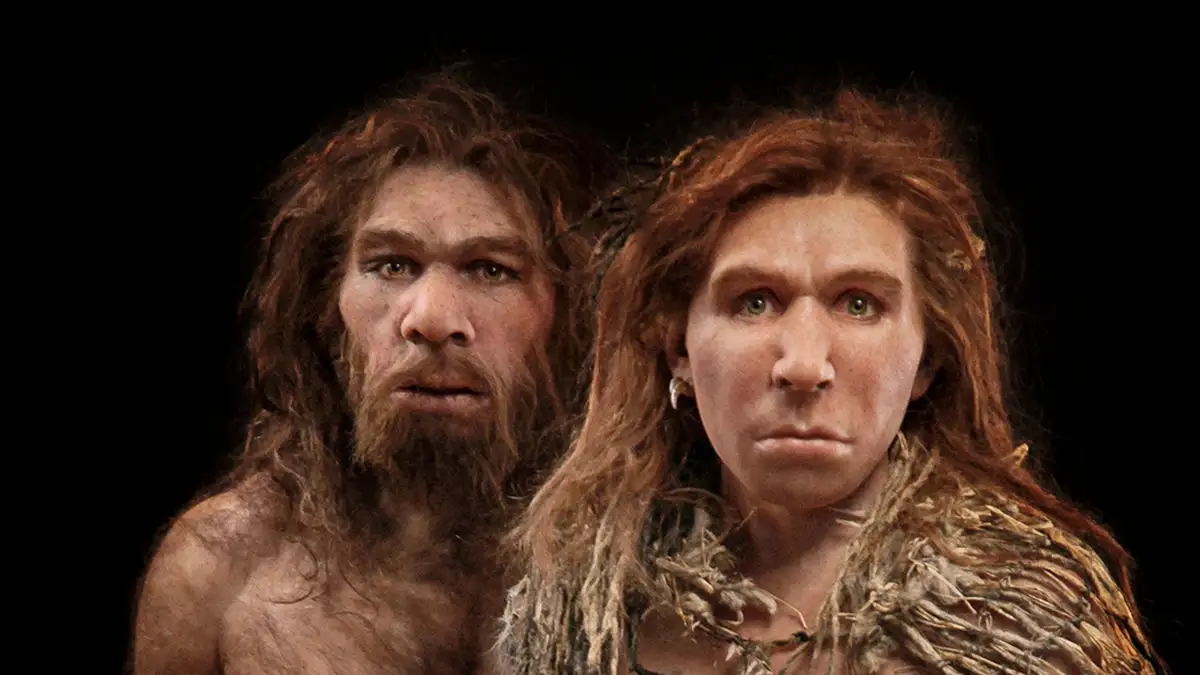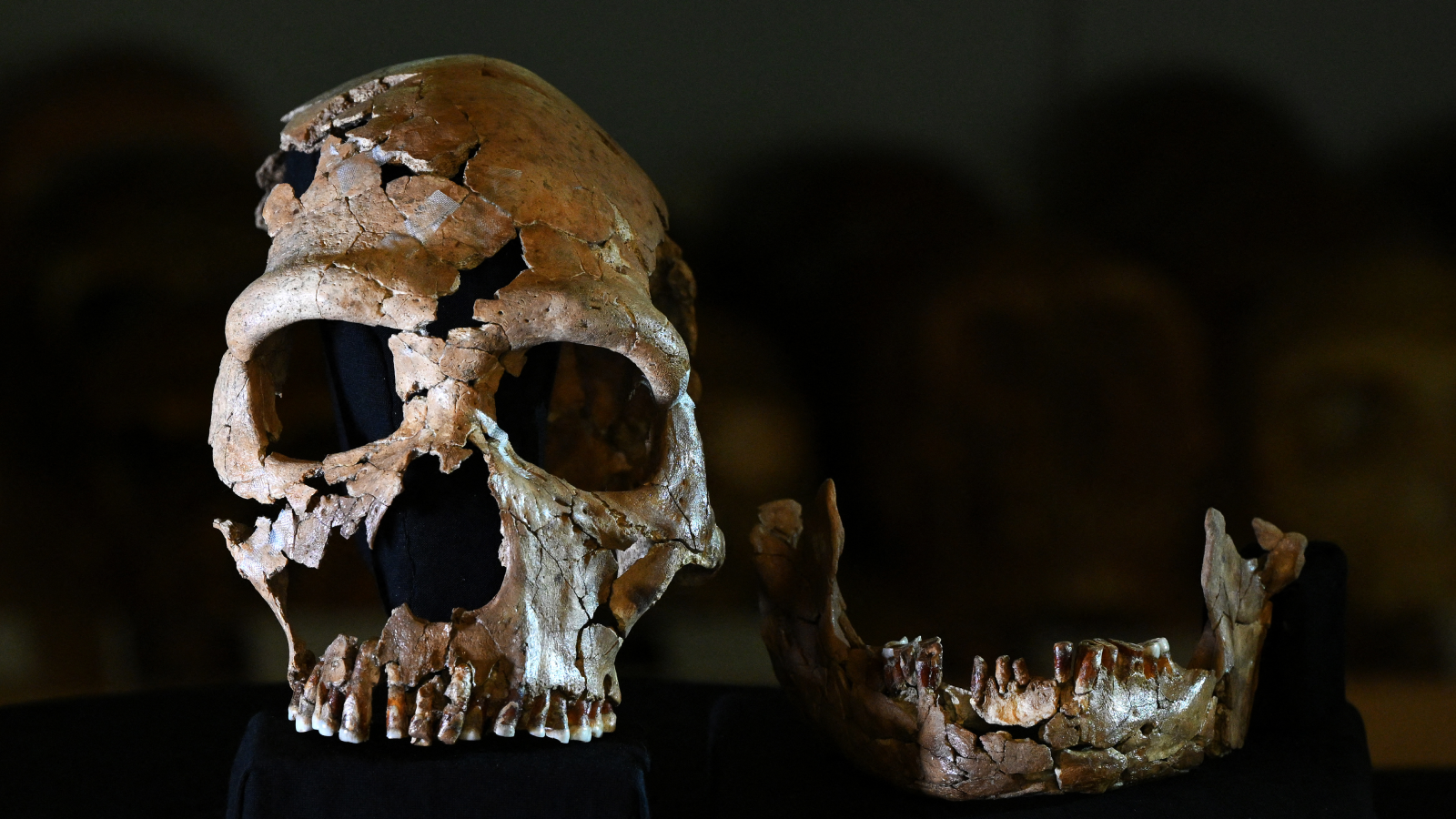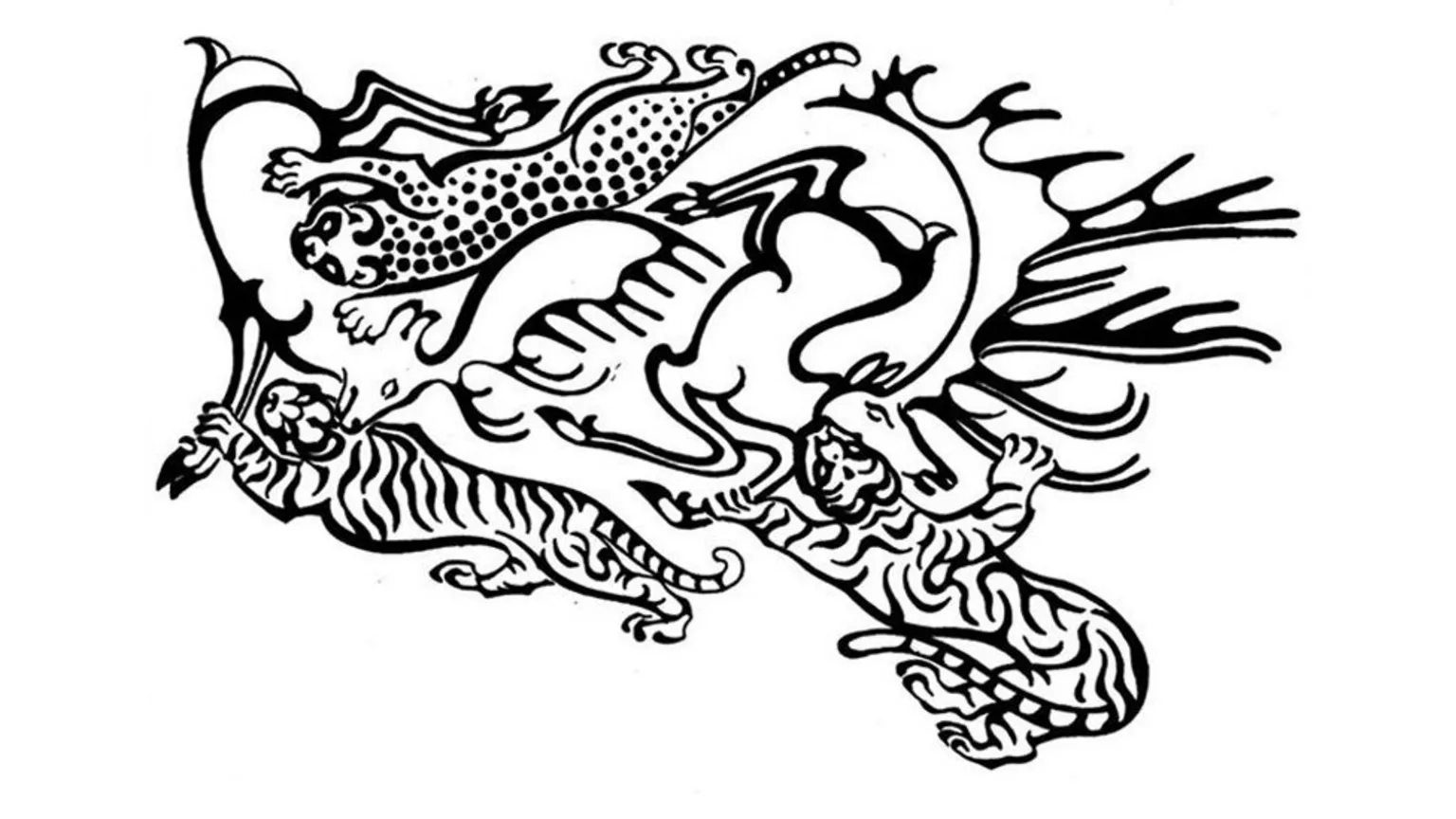T4K3.news
Ancient DNA connects modern Europeans to Siberians
Study shows significant genetic ties between Siberian ancestors and people in Estonia, Finland and Hungary.

New research shows genetic connections between ancient Siberians and people from Estonia, Finland and Hungary.
Ancient DNA reveals Siberian roots for modern Estonians, Finns and Hungarians
Recent research suggests that present-day speakers of Hungarian, Finnish and Estonian share a significant genetic ancestry with ancient populations from Siberia. A study published in Nature analyzed DNA from 180 ancient individuals from northern Eurasia and found a connection to Uralic-speaking populations. This grouping is believed to have migrated westward from the Altai Mountains around 4,500 years ago. Researchers noted a specific DNA pattern called Yakutia_LNBA, which is present in nearly all current and ancient Uralic-language speakers. However, the correlation between genetics and language remains complex, with experts cautioning against drawing overly simplistic connections.
Key Takeaways
"Yakutia_LNBA ancestry is the only East Asian ancestry present in the genetic makeup of almost all present and ancient Uralic-speaking populations."
This highlights the significance of Yakutia_LNBA in tracing Uralic ancestry.
"A straightforward interpretation of this is that Yakutia_LNBA ancestry dispersed from East to West alongside the Uralic languages."
This suggests a migration pattern tied to language spread.
"One's genetic make-up offers no insight into the range of languages one might speak."
Catherine Frieman emphasizes the complexities of linking genetics to language.
"Extensive language change would have likely involved migration."
This statement reflects the interconnectedness of genetics and language over time.
This study sheds light on a fascinating area of human history, tracing back the roots of significant European populations. It highlights the interconnectedness of human migration and cultural development. Despite these genetic findings, the challenge of linking genetics directly to language remains. As Catherine Frieman points out, genetic makeup does not always indicate which languages a person might speak. The findings encourage a multidimensional view of how ancient communities functioned, particularly regarding language and identity.
Highlights
- Ancient genetics unveil connections across time and distance.
- Tracing roots: modern languages and their Siberian ancestry.
- Siberian DNA reveals stories of migration and culture.
- Linking the past to the present through ancient genomes.
Sensitive exploration of genetics and identity
The study touches on sensitive issues surrounding identity and language connections, which may provoke public discussion and scrutiny.
These findings may reshape our understanding of ancient language and migration patterns.
Enjoyed this? Let your friends know!
Related News

New findings reveal connections between humans and Neanderthals

Research links Neanderthal genes to brain condition

Researchers reveal ancient tattoos of Siberian mummy

New Theory Rewrites Human Evolution History

Research suggests maggots were part of Neanderthal diets

Study reveals potatoes evolved from tomatoes

Research Reveals Earth's Magnetic Collapse Impacted Early Humans

Ancient Drawings Found Near Dinosaur Footprints
